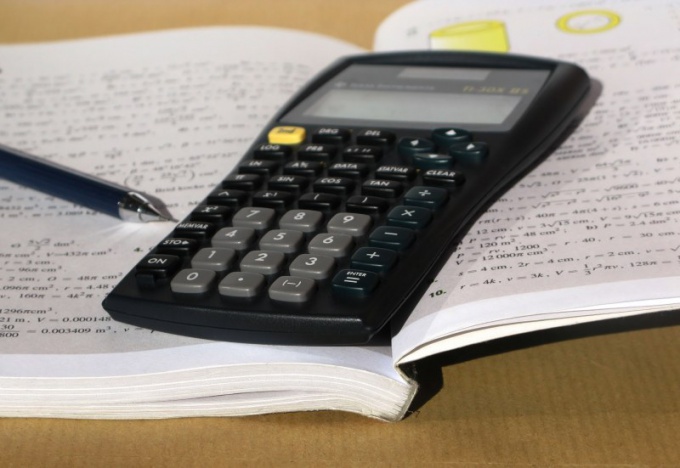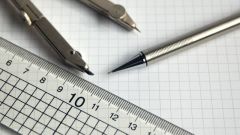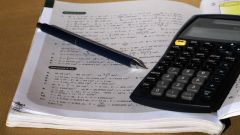You will need
- and measuring devices;
- calculator.
Instruction
1
To see how much has changed or that the value, you must first find the initial and final value. If we are talking about the practical problem, the desired parameters can be measured. The setting you want is possible in principle to name any letter, but it is better to use the common science symbols. Suppose you need to find how much the volume of matter when heated. The result of the first measurement record as V1
2
Swipe the second dimension. For example, after you are done heat the object. Determine its volume and mark it as V2. Calculate Delta according to the formula ΔV = V2-V1. It may happen that the second result is less than the first. Count the module numbers as well as in any other case, and put a sign "-". Don't forget that both measurements must be in the same units. If necessary, translate them.
3
Frequent tasks when you need to calculate the Delta between the actual and the average value. For example, you are given a point which changed their position on two axes. Label the coordinates as x1,x2, x3, etc. Find the average value. Then calculate the difference between the obtained result and the value of each coordinate.
4
If you need to calculate the increment of the function f(x), define its value in a strictly specified point — let it be, for example, x0. To calculate the Delta, you need to compare the value of the function at that point with its value at any other point on the given axis. To do this, subtract the value of the function at the point x1 from its value at the point x0. This will be Δf. To find the increment of the argument, determine its values at the given points and calculate the difference.
5
The letter Δ and denote the absolute error. She, too, is the difference. For the initial and the final value accepted true and approximate values. The magnitude of the Delta in this case corresponds to the accuracy class of the instrument.




